12. Diseases of the teeth - oligodontia, polyodontia, brachygnathia, pulpitis.
1/63
There's no tags or description
Looks like no tags are added yet.
Name | Mastery | Learn | Test | Matching | Spaced |
|---|
No study sessions yet.
64 Terms
2(I 3/3, C 1/1, PM 4/4, M 2/3) = 42 teeth
2(I 3/3, C 1/1, PM 3/2, M 1/1) = 30 teeth
The last upper premolar (PM) and the first lower molar (M).
What are the structures of the tooth and tissues surrounding the tooth?
Gingiva
Margin
Sulcus
Crown
Cementoenamel junction
Root
The part of the tooth above the alveolar bone. Consists of enamel, dentin and pulp.
The part of the tooth within the alveolar bone.
Consists of: periodontal ligament, cementum, apical foramen, furcation
What are examples of types of abnormalities causing diseases in teeth?
Abnormality on dental lamina and tooth gems
Abnormality in hard dental tissues
What are examples of disorders caused by abnormalities in dental lamina and tooth gems?
Disorders in number
Tooth size
Tooth shape
What are examples of disorders of tooth number?
Increase
Hyperdontia/polydontia
Decrease
Anodontia
Hypodontia
Oligodontia
Pseudohypodontia
An increase in the number of teethafter shedding of deciduous teeth due to retention.
Complete or partial absence of teeth.
Missing 1-3 teeth.
What are examples of tooth size abnormalities?
Microdontia
Macrodontia
Ectodermal dysplasia
Impacted teeth
Embedded teeth
Absolute microdontia is when the teeth are small for the breed. Normal size of dog, but increased interdental space
Relative microdontia is when the teeth seem small due to adjacent teeth being larger than average or because of tooth malformation or an oversized dental arch.

Teeth that are prevented from erupting due to a physical barrier (trauma, positioning in alveolus).
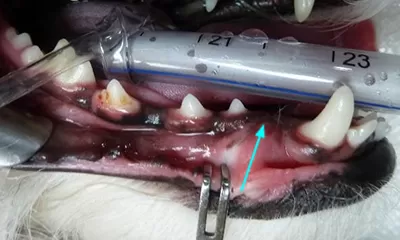
What are examples of abnormalities in tooth shape?
Gemination
Fusion
Concrescence
Dilaceration
Dens invaginatus/dens in dente
Supernumerary roots
Enamel pearls
What is gemination (in tooth development)?
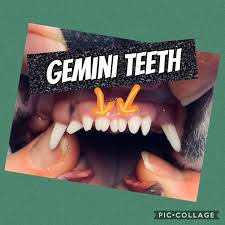
Two tooth buds fusing to form one tooth. Share pulp/root canals
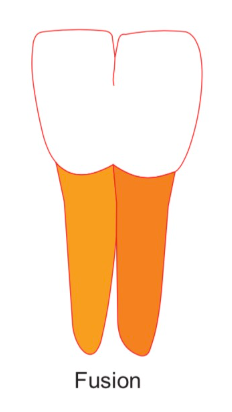

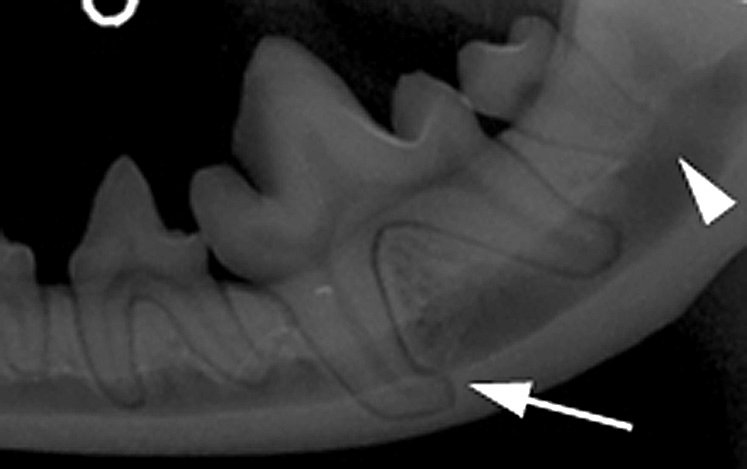
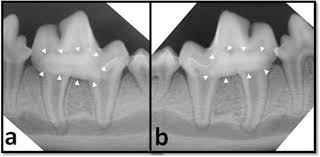
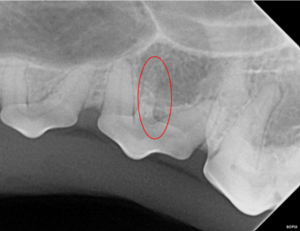
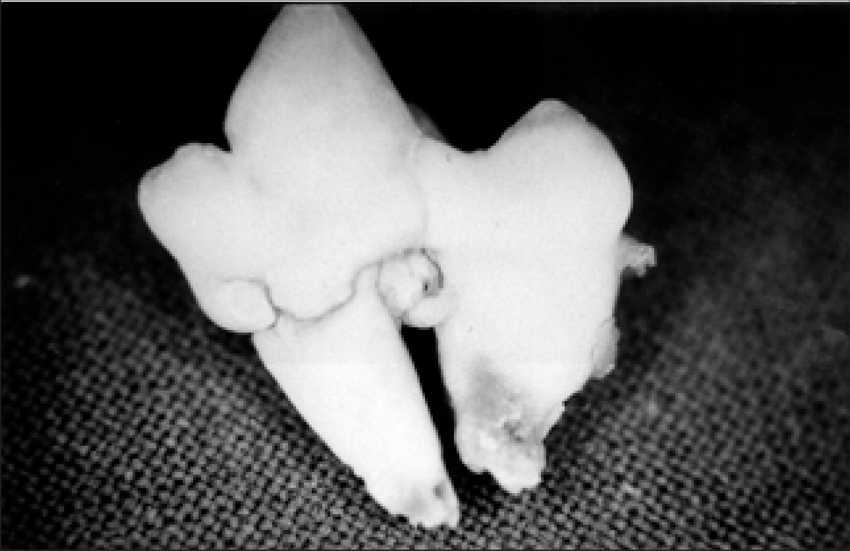
What can abnormalities in hard dental tissues cause?
Structural defects of teeth
Abnormalities in the jaw
What are examples of structural defects in the teeth?
Amelogenesis imperfecta
Enamel hypoplasia
Enamel hypocalcification
Enamel hypomaturation
What is an example of a jaw abnormality?
Brachygnathia
What are the clinical signs of pulpitis?
Increased sensitivity to hot and cold, pain, decreased appetite, discoloured teeth.
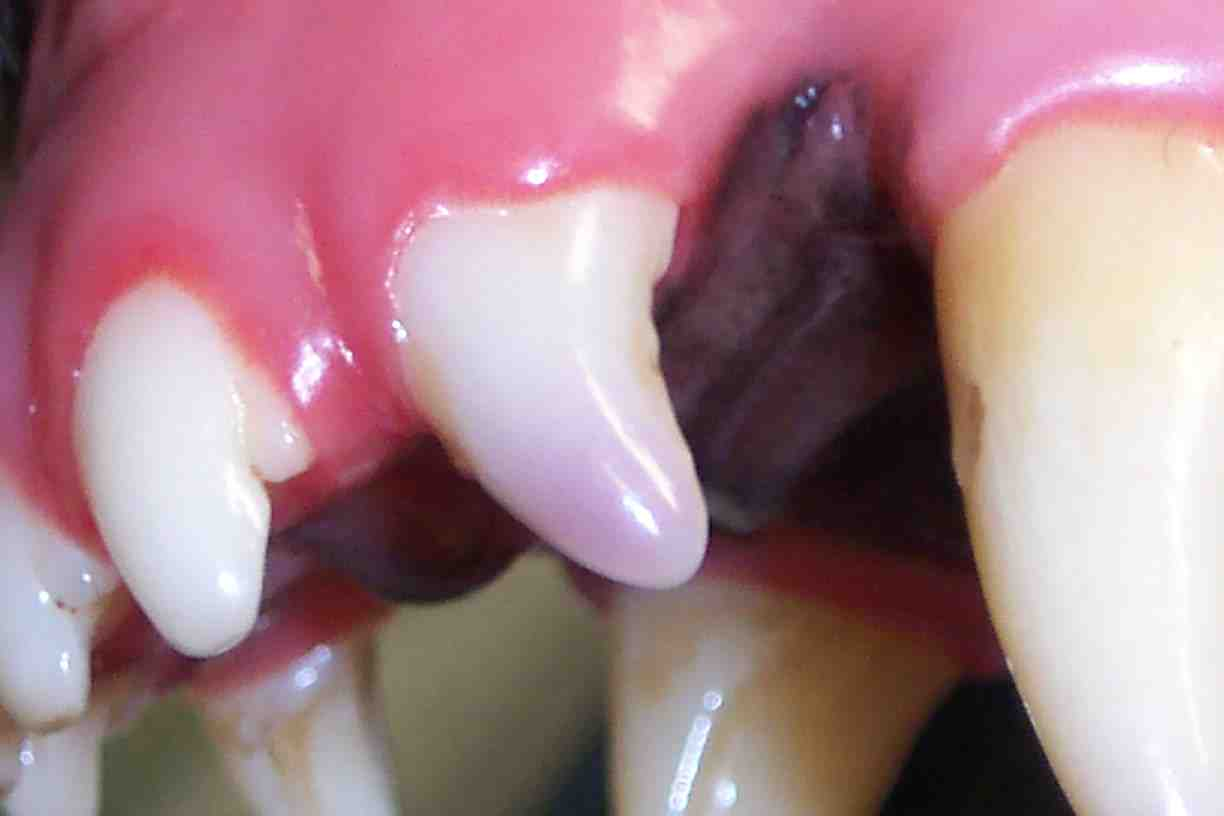
It usually requires extraction, although it can sometimes remain in the alveolus with few problems.
Complete pulpectomy, vital pulpotomy

What material is used to close cavities after the removal of exposed pulp?
Dental composite resin (with UV to harden)